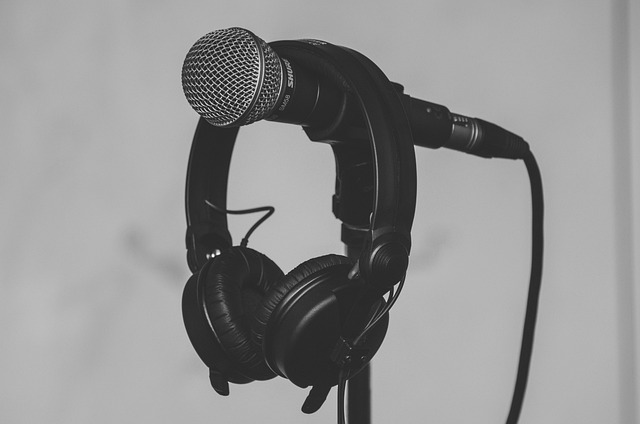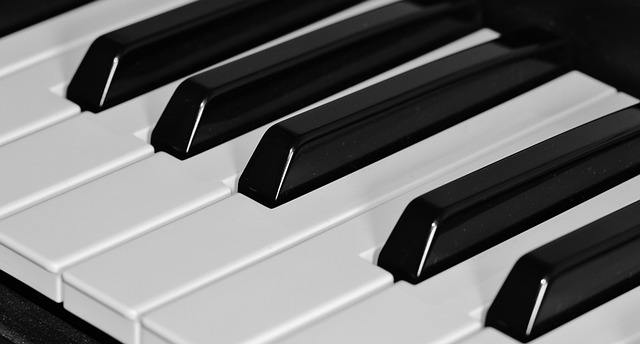Mastering Mono: How to Optimize Your Audio Recordings for Monaural Sound
When it comes to audio recording, the term Mono often elicits mixed feelings in audio enthusiasts. Many gravitate towards the rich, immersive experience of stereo sound, but there’s an undeniable charm and clarity that comes with a well-executed monaural recording. Embracing the simplicity and focus of mono can open up a world of sonic possibilities, providing a uniquely intimate listening experience.
In a world filled with complex audio setups and multi-channel sound systems, it’s easy to forget the power held within a single channel. Mastering the art of mono can amplify the essence of your recordings, stripping away excess to highlight the core elements of your sound.
The Beauty of Minimalism
One of the significant advantages of mono audio is its minimalistic approach. This format is a fantastic choice for podcasting, voiceovers, or recordings where clarity is paramount. By focusing on a single source, you eliminate the potential distractions that often accompany stereo sound—making your message clear and concise.
Recording Techniques for Mono Sound
To achieve optimal results in mono recording, consider the following techniques:
- Microphone Placement: Position your microphone strategically to capture the subject’s voice clearly. Experiment with different angles and distances to find the ideal balance.
- Use of Dynamic Range: Pay attention to the dynamics of the recording. Leave room for quiet and loud moments to create an engaging listening experience.
- Equalization (EQ): Proper EQ can enhance the tonal quality of your mono recordings. Boost certain frequencies to draw attention to key elements, while cutting others to reduce muddiness.
The Impact of Mono on Narrative
In storytelling, whether through music or spoken word, mono can be a powerful tool for conveying emotion. The compactness of a single-channel recording creates an intimate space for listeners, pulling them closer to the narrative or melody. Think about how a solo musician, with their voice and instrument, can create an emotional connection that often gets lost in the layers of stereo sound.
Common Misconceptions about Mono
Despite its advantages, mono is often misunderstood. Some believe that it sounds outdated or lacks depth. However, many professional recordings still utilize mono, emphasizing that it’s not about the quantity of channels but the quality of sound. When done correctly, mono can deliver a richness that is both timeless and captivating.
Final Thoughts on Mono Mastery
Learning to master mono recordings is about embracing simplicity while maximizing impact. With the right techniques, mindset, and creativity, you can produce audio that resonates deeply with your audience. So, why not take the plunge into the world of mono? You may discover a new dimension of sound that perfectly aligns with your artistic vision.



